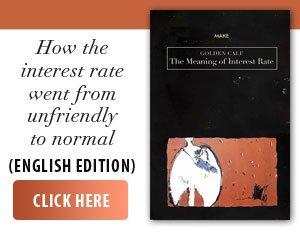Investors prefer euro-denominated government bonds, within the Fidelis offering that is taking place during this period, marked by uncertainty related to the formation of the government and the measures that will be implemented to correct our country's severe budget deficit.
The offering, which began at the end of last week and will end on June 16, is structured in seven tranches, four in lei and three in euros. The lei-denominated bonds, with a maturity of two years and an interest rate of 7.35% per annum, had collected subscriptions of 71.3 million lei, until yesterday in the second part of the program in which investors could launch purchase offers, while the tranche with a maturity of four years and an interest rate of 7.7%, had subscriptions of 66 million lei. The tranche with a maturity of six years and an interest rate of 7.95% had accumulated subscriptions of 14.1 million lei, according to data aggregated by us from a brokerage house's platform.
In the case of the blood donor tranche, for which the maturity of the securities is two years and the interest rate is 8.35%, the value of the purchase orders amounted to 22.6 million lei. Within this tranche, persons who provide proof of donation starting with January 1, 2025 can subscribe, the maximum subscription being 100,000 lei.
The euro tranches have maturities of two, five and seven years, with annual interest rates of 3.9%, 5.6% and 6.5%, the subscriptions amounting to 15.2 million euros (76.6 million lei), 5.59 million euros (28.1 million lei) and 25.1 million euros (126.2 million lei).
For both tranches, total subscriptions amounted to 68.7 million euros after almost two days since the start of the period in which investors can buy Fidelis government bonds this month, of which almost 46 million euros represented subscriptions of the euro-denominated securities.
The minimum subscription value is 1,000 euros for the euro tranches and 5,000 lei for those in lei, respectively 500 lei in the case of blood donors.
The offer takes place in a context with inflation above the National Bank of Romania's long-term target of 2.5% per year. For the last quarter of 2025, the NBR estimates inflation of 4.6%, which is expected to decrease to 3.3% in the first quarter of 2027. At the European Union level, the European Central Bank estimates inflation of 2% this year, with a decrease to 1.6% in 2026, which will then rise to 2% in 2027.
Romania has set, in agreement with the European Commission, a budget deficit target of 7% of GDP for 2025, according to the Medium-Term National Budgetary-Structural Plan approved by the European Union. This target is part of a seven-year plan to gradually reduce the deficit below 3% of GDP by 2030. The European Commission estimates that, in the absence of additional fiscal measures, Romania's budget deficit will reach 8.6% of GDP in 2025, down from 9.3% in 2024.
In the process of subscribing to Fidelis government bonds, intermediary banks do not charge commissions. Income obtained, both from interest and capital gains, is non-taxable. The bonds will be listed on the Bucharest Stock Exchange on June 20, offering investors the opportunity to sell them before maturity and collect interest for the holding period.




























































